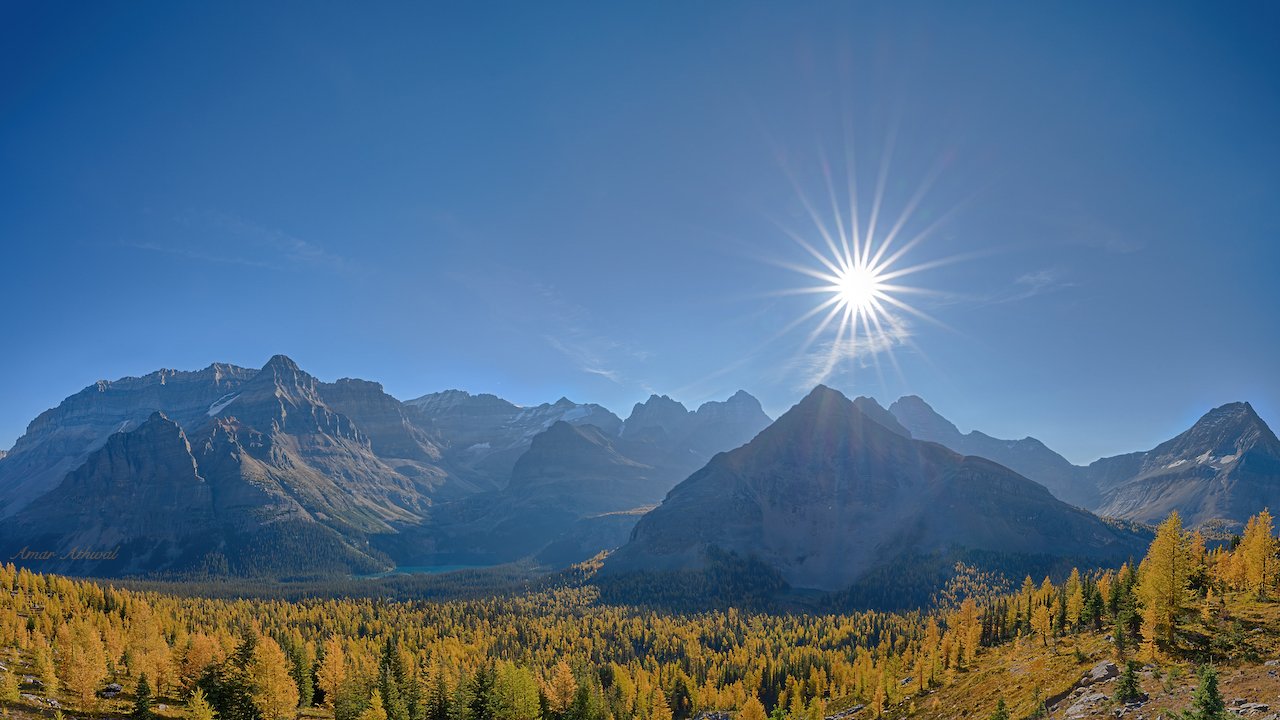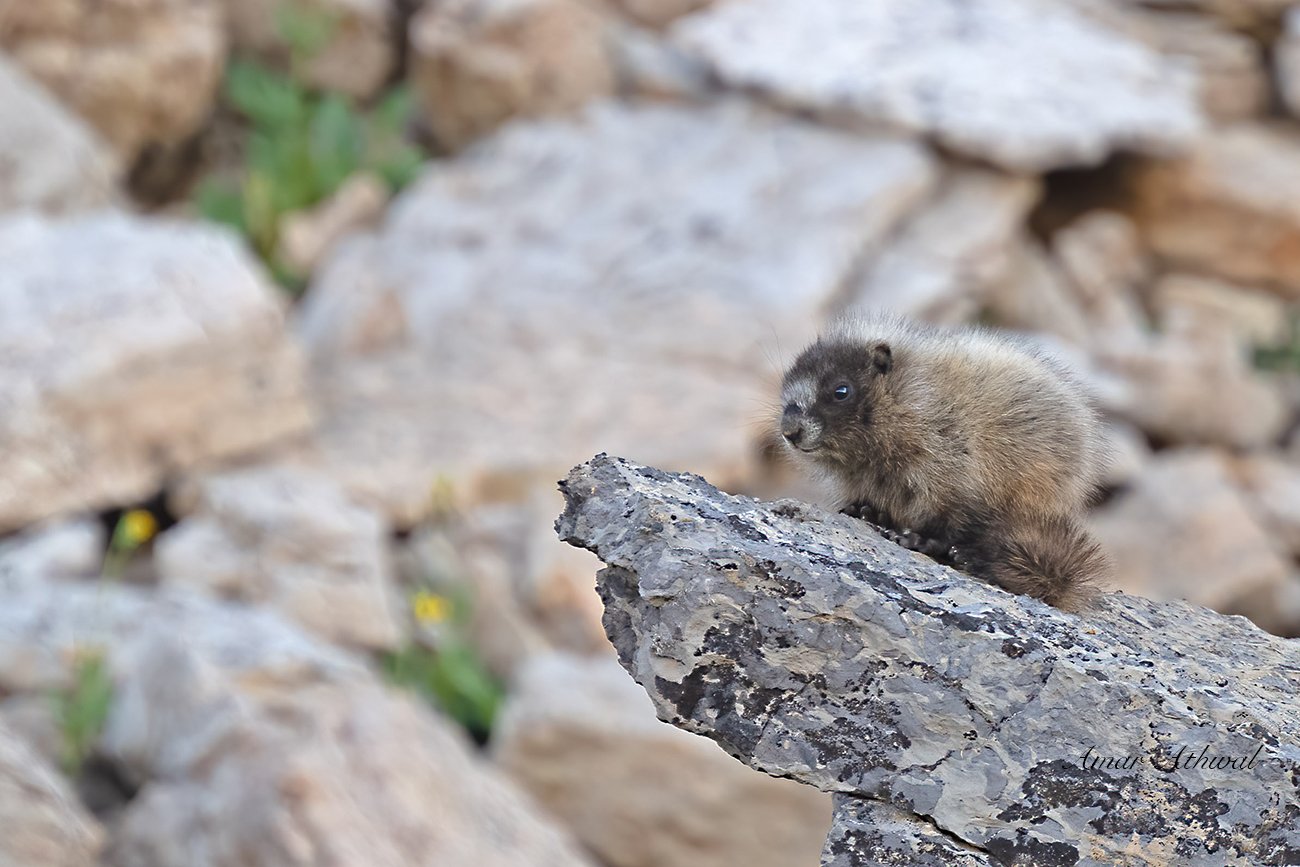Coyotes are one of the success stories, and that’s without our help in urban centers. With little to no wolves, less snow and more and more green spaces, urban centers are a perfect habitat for the coyote population to flourish. In the wild, coyotes have to watch their backs if wolves are in the area. Wolves will not hesitate to kill a coyote. Wolves are not fond of any competition from other members of the canine family. During the winter, coyotes can benefit from scavenging on wolf-killed carcasses. But they have to be careful the pack is not around. Otherwise, the coyote will have a painful ending.
In Banff, the coyote is the predator I tend to see most often, in and out of town. No matter the season. One early morning as I was heading for work. When along the path I was walking on, I came across various body parts on the grass back of a building. Coyotes during the night had brought down a mule deer. They don’t seem to have the same fear of us and where we reside as other predators. But they do have a limit, they had fled before I or someone before me had reached the area in the dark.
The one in the picture popped out in front of me on a trail I was walking on. It saw me and realised it had to move off the trail. With me behind and other walkers making their way from the other side, there was no other option. It quickly made the decision, crossed the frozen creek beside the trail and watched me for a few seconds before heading into the woodland.



















